2. Benneyan JC, Lloyd RC, Plsek PE. Statistical process control as a tool for research and healthcare improvement. Qual Saf Health Care. 2003; 12(6):458–64.
https://doi.org/10.1136/qhc.12.6.458
.
4. Pendyala VS, Figueira S. Automated medical diagnosis from clinical data. In : Proceedings of 2017 IEEE 3rd International Conference on Big Data Computing Service and Applications (BigDataService); 2017 Apr 6–9; Redwood City, CA. p. 185–90.
https://doi.org/10.1109/Big-DataService.2017.14
.
5. Sia SK, Tang M, Soh C, Boh WF. Enterprise resource planning (ERP) systems as a technology of power: empowerment or panoptic control? ACM SIGMIS Database. 2002; 33(1):23–37.
https://doi.org/10.1145/504350.504356
.
6. Hosseini MP, Tran TX, Pompili D, Elisevich K, Soltanian-Zadeh H. Deep learning with edge computing for localization of epileptogenicity using multimodal rs-fMRI and EEG big data. In : Proceedings of 2017 IEEE International Conference on Autonomic Computing (ICAC); 2017 Jul 17–21; Columbus, OH. p. 83–92.
https://doi.org/10.1109/ICAC.2017.41
.
7. Rodger JA. Discovery of medical Big Data analytics: improving the prediction of traumatic brain injury survival rates by data mining Patient Informatics Processing Software Hybrid Hadoop Hive. Inf Med Unlocked. 2015; 1:17–26.
https://doi.org/10.1016/j.imu.2016.01.002
.
8. Bhagwan V, Grobbelaar SS. Development of a telemedicine system for monitoring intensive care patients. In : Proceedings of the 2017 International Conference on Information System and Data Mining; 2017 Apr 1–3; Charleston SC. p. 139–44.
https://doi.org/10.1145/3077584.3077600
.
9. Gupta PK, Maharaj BT, Malekian R. A novel and secure IoT based cloud centric architecture to perform predictive analysis of users activities in sustainable health centres. Multimed Tool Appl. 2017; 76(18):18489–512.
https://doi.org/10.1007/s11042-016-4050-6
.
10. Luz MP, de Matos Nogueira JR, Cavalini LT, Cook TW. Providing full semantic interoperability for the fast healthcare interoperability resources schemas with resource description framework. In : Proceedings of 2015 International Conference on Healthcare Informatics; 2015 Oct 21–23; Dallas, TX. p. 463–66.
https://doi.org/10.1109/ICHI.2015.74
.
11. Silsand L, Ellingsen G. The implication for organisation and governance through user-drivern standardisation of semantic interoperable electronic patient record systems. In : Proceedings of the 10th Mediterranean Conference on Information Systems (MCIS); 2016 Sep 4–6; Paphos, Cyprus.
12. Barbosa O, Alves C. A systematic mapping study on software ecosystems. In : Proceedings of the Workshop on Software Ecosystems; 2011 Jun 8–10; Brussels, Belgium.
13. Petersen K, Feldt R, Mujtaba S, Mattsson M. Systematic mapping studies in software engineering. In : Proceedings of the 12th International Conference on Evaluation and Assessment in Software Engineering (EASE); 2008 Jun 26–28; Bari, Itay.
15. Moher D, Liberati A, Tetzlaff J, Altman DG; PRISMA Group. Preferred reporting items for systematic reviews and meta-analyses: the PRISMA statement. BMJ. 2009; 339:b2535.
https://doi.org/10.1136/bmj.b2535
.
16. Basak R. Golden ratio and Fibonacci sequence: universal footprints of the golden flow. Turk Online J Des Art Commun. 2022; 12(4):1092–107.
https://doi.org/10.7456/11204100
.
17. Vargas B, Ray P. Interoperability of hospital information systems: a case study. In : Proceedings of the 5th International Workshop on Enterprise Networking and Computing in Healthcare Industry (HealthCom); 2003 Jun 7; Santa Monica, CA. p. 79–85.
https://doi.org/10.1109/HEALTH.2003.1218723
.
18. Staccini P, Joubert M, Quaranta JF, Fieschi D, Fieschi M. Integration of health care process analysis in the design of a clinical information system: applying to the blood transfusion process. In : Proc AMIA Symp; 2000; p. 824–8.
19. Sibarani EM. Simulating an integration systems: Hospital information system, radiology information system and picture archiving and communication system. In : Proceedings of 2012, 2nd International Conference on Uncertainty Reasoning and Knowledge Engineering; 2012 Aug 14–15; Jakarta, Indonesia. p. 62–6.
https://doi.org/10.1109/URKE.2012.6319585
.
20. Meyer R, Lovis C. Interoperability in hospital information systems: a return-on-investment study comparing CPOE with and without laboratory integration. Stud Health Technol Inform. 2011; 169:320–4.
21. McDonald CJ, Martin DK, Overhage JM. Standards for the electronic transfer of clinical data: progress and promises. Top Health Rec Manage. 1991; 11(4):1–16.
23. Kwak YS. International standards for building electronic health record (EHR). In : Proceedings of the 7th International Workshop on Enterprise Networking and Computing in Healthcare Industry (HEALTHCOM); 2005 Jun 23–25; Busan, South Korea. p. 18–23.
https://doi.org/10.1109/HEALTH.2005.1500373
.
25. Ved V, Tyagi V, Agarwal A, Pandya AS. Personal health record system and integration techniques with various electronic medical record systems. In : Proceedings of 2011 IEEE 13th International Symposium on High-Assurance Systems Engineering; 2011 Nov 10–12; Boca Raton, FL. p. 91–4.
https://doi.org/10.1109/HASE.2011.63
.
26. Gattnar E, Ekinci O, Detschew V. Clinical process modeling and performance measurement in hospitals. In : Proceedings of 2011 IEEE 15th International Enterprise Distributed Object Computing Conference Workshops; 2011 Aug 29–Sep 2; Helsinki, Finland. p. 132–40.
https://doi.org/10.1109/EDOCW.2011.21
.
27. De Potter P, Debevere P, Mannens E, Van de Walle R. Next generation assisting clinical applications by using semantic-aware electronic health records. In : Proceedings of 2009, 22nd IEEE International Symposium on Computer-Based Medical Systems; 2009 Aug 2–5; Albuquerque, MN. p. 1–5.
https://doi.org/10.1109/CBMS.2009.5255372
.
28. Zhao C, Duan H, Lu X. An integration approach of healthcare information system. In : Proceedings of 2008 International Conference on BioMedical Engineering and Informatics; 2008 May 27–30; Sanya, China. p. 606–9.
https://doi.org/10.1109/BMEI.2008.109
.
29. Vida M, Lupse O, Stoicu-Tivadar L. Improving the interoperability of healthcare information systems through HL7 CDA and CCD standards. In : Proceedings of 2012, 7th IEEE International Symposium on Applied Computational Intelligence and Informatics (SACI); 2012 May 24–26; Timisoara, Romania. p. 157–61.
https://doi.org/10.1109/SACI.2012.6249994
.
30. Olier I, Springate DA, Ashcroft DM, Doran T, Reeves D, Planner C, et al. Modelling conditions and health care processes in electronic health records: an application to severe mental illness with the clinical practice research datalink. PLoS One. 2016; 11(2):e0146715.
https://doi.org/10.1371/journal.pone.0146715
.
31. Marcos M, Maldonado JA, Martinez-Salvador B, Bosca D, Robles M. Interoperability of clinical decision-support systems and electronic health records using archetypes: a case study in clinical trial eligibility. J Biomed Inform. 2013; 46(4):676–89.
https://doi.org/10.1016/j.jbi.2013.05.004
.
32. Soteriades H, Neokleous K, Tsouloupas G, Jossif AP, Christos SN. Electronic health record diagnosis tool and a cross reference between coding standards. In : Proceedings of 2012 IEEE 12th International Conference on Bioinformatics & Bioengineering (BIBE); 2012 Nov 11–13; Larnaca, Cyprus. p. 30–3.
https://doi.org/10.1109/BIBE.2012.6399702
.
34. Muller ML, Ganslandt T, Eich HP, Lang K, Ohmann C, Prokosch HU. Towards integration of clinical decision support in commercial hospital information systems using distributed, reusable software and knowledge components. Int J Med Inform. 2001; 64(2–3):369–77.
https://doi.org/10.1016/s1386-5056(01)00218-0
.
36. Santos DF, Perkusich A, Almeida HO. Standard-based and distributed health information sharing for mHealth IoT systems. In : Proceedings of 2014 IEEE 16th International Conference on e-Health Networking, Applications and Services (Healthcom); 2014 Oct 15–18; Natal, Brazil. p. 94–8.
https://doi.org/10.1109/HealthCom.2014.7001820
.
37. Muhamedyev RI, Kalimoldaev MN, Uskenbayeva RK. Semantic network of ICT domains and applications. In : Proceedings of the 2014 Conference on Electronic Governance and Open Society: Challenges in Eurasia; 2014 Nov 18–20; Petersburg St. Russian Federation. p. 178–86.
https://doi.org/10.1145/2729104.2729112
.
38. Ilin I, Levina A, Lepekhin A, Kalyazina S. Business requirements to the IT architecture: a case of a healthcare organization. Murgul V, Pasetti M, editors. International Scientific Conference Energy Management of Municipal Facilities and Sustainable Energy Technologies (EMMFT 2018). Cham, Switzerland: Springer;2018. p. 287–94.
https://doi.org/10.1007/978-3-030-19868-8_29
.
39. Lin CH, Lin IC, Roan JS, Yeh JS. Critical factors influencing hospitals’ adoption of HL7 version 2 standards: an empirical investigation. J Med Syst. 2012; 36(3):1183–92.
https://doi.org/10.1007/s10916-010-9580-2
.
40. Iroju O, Soriyan A, Gambo I, Olaleke J. Interoperability in healthcare: benefits, challenges and resolutions. Int J Innov Appl Stud. 2013; 3(1):262–70.




 PDF
PDF Citation
Citation Print
Print



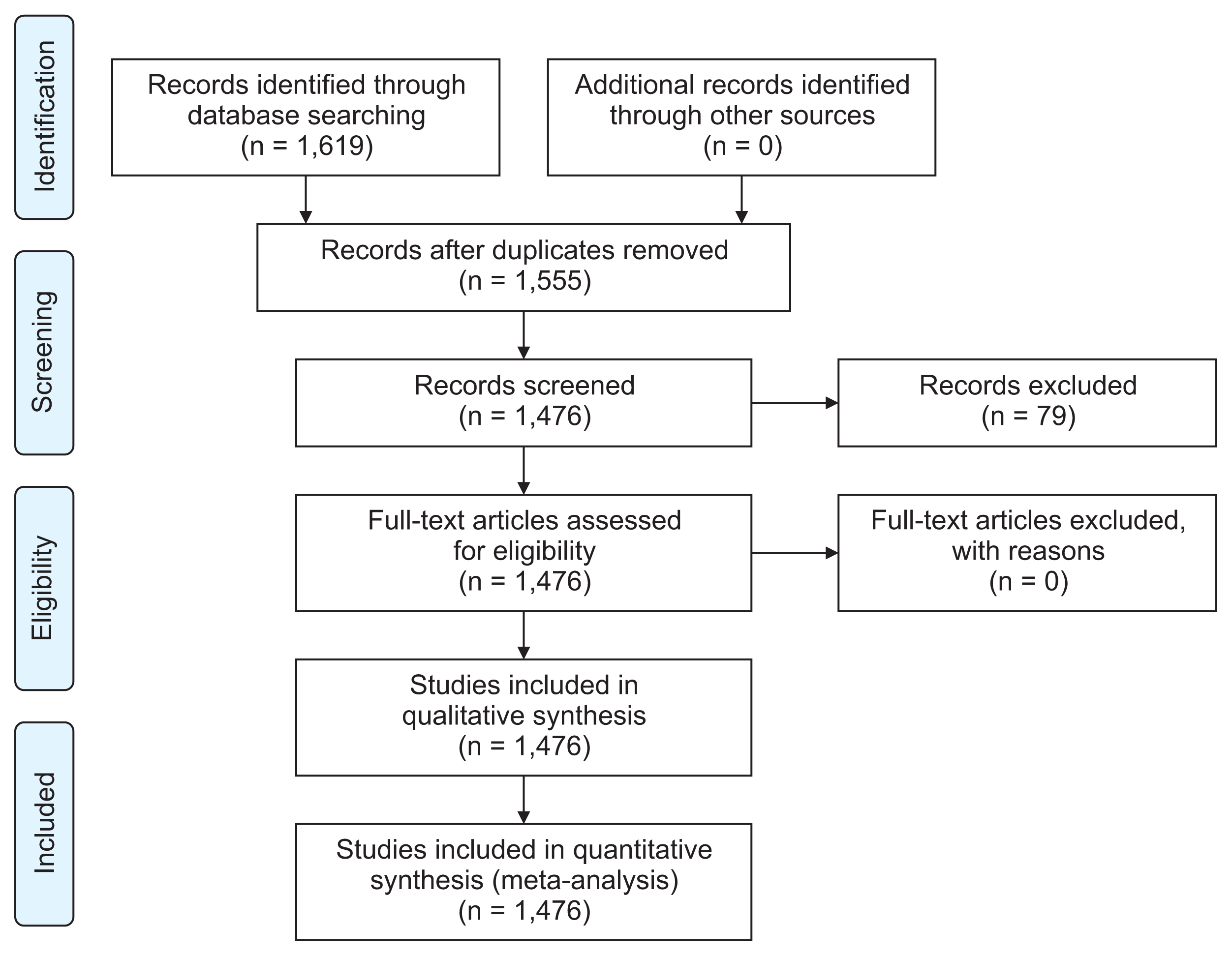
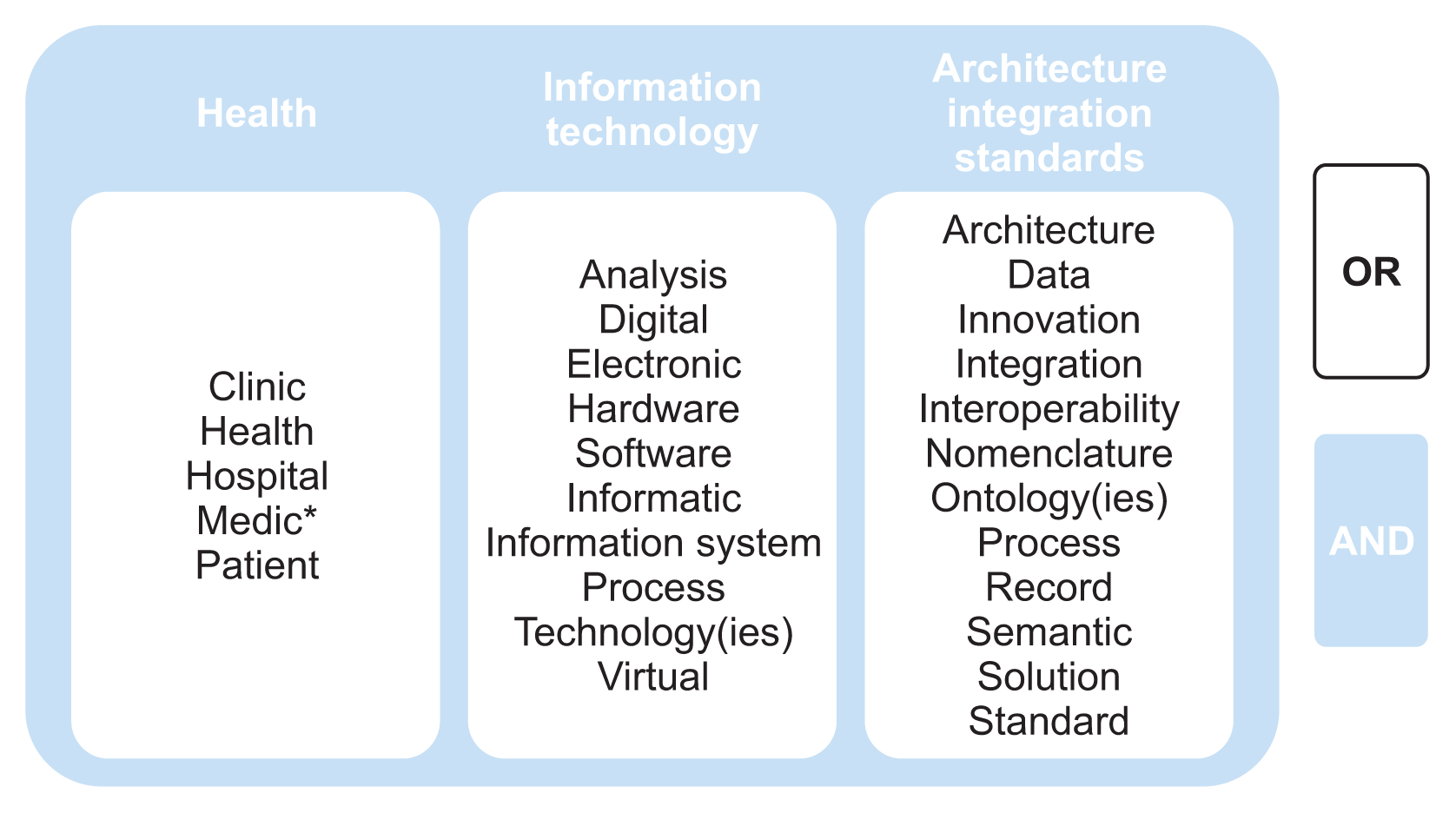
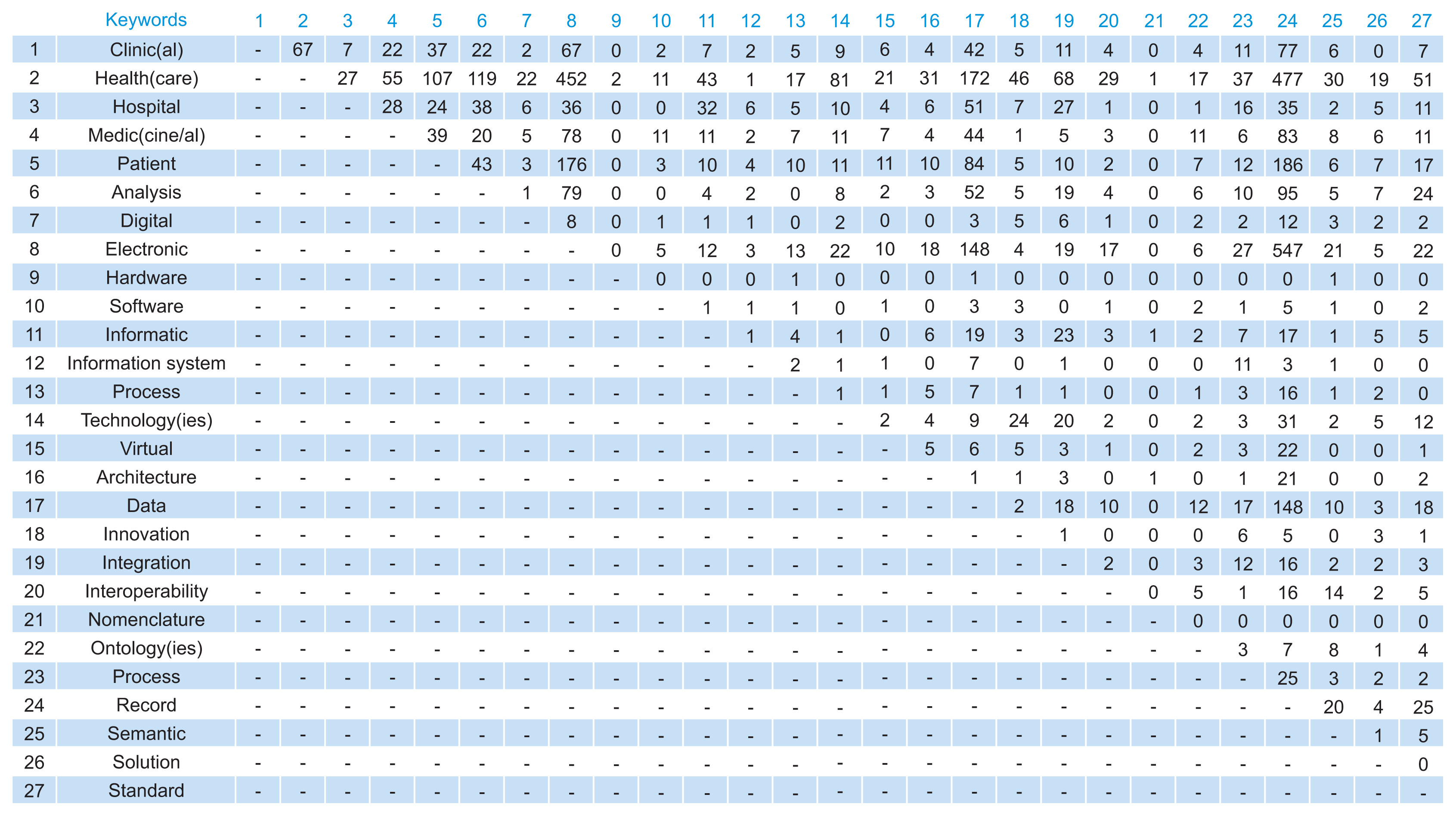
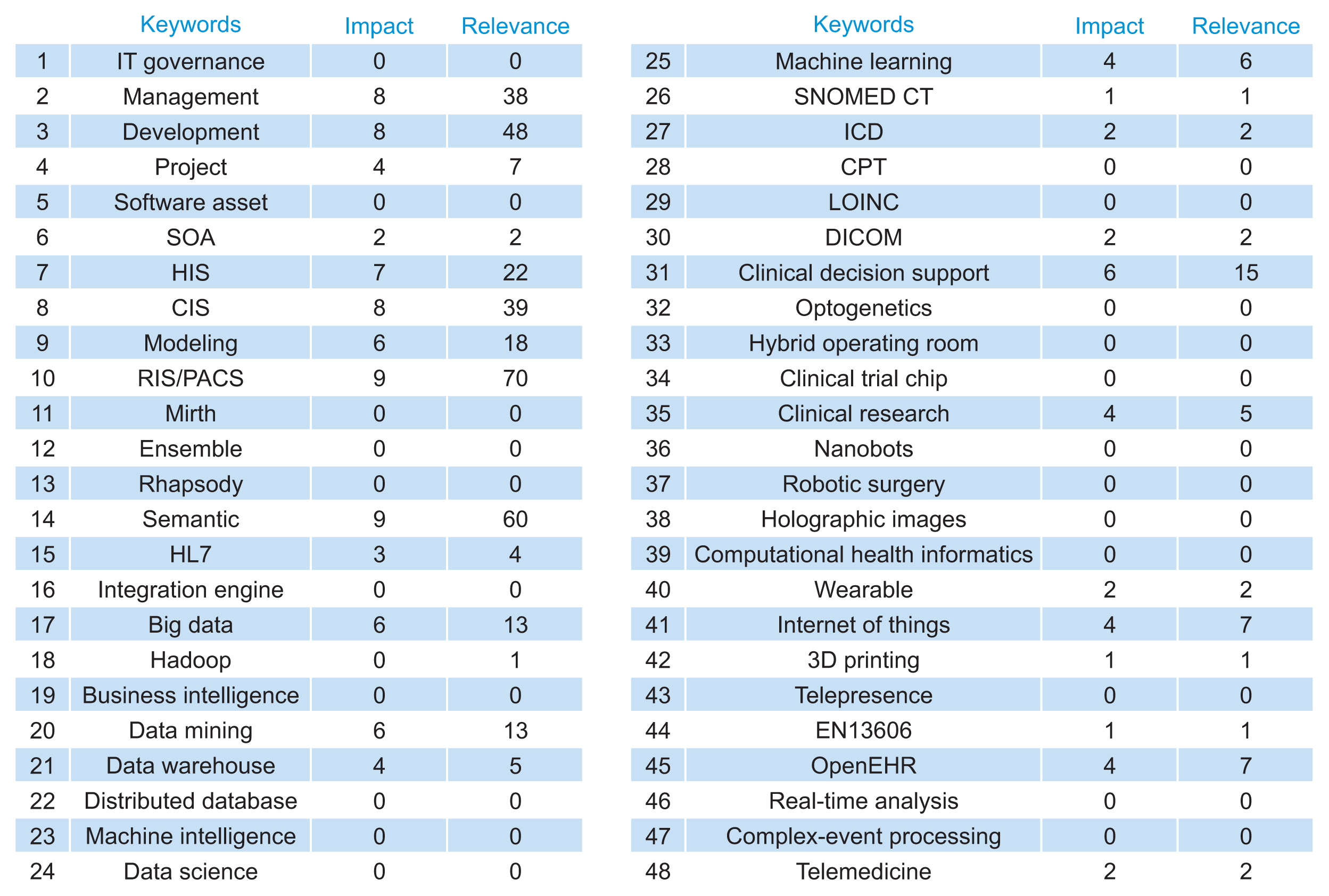
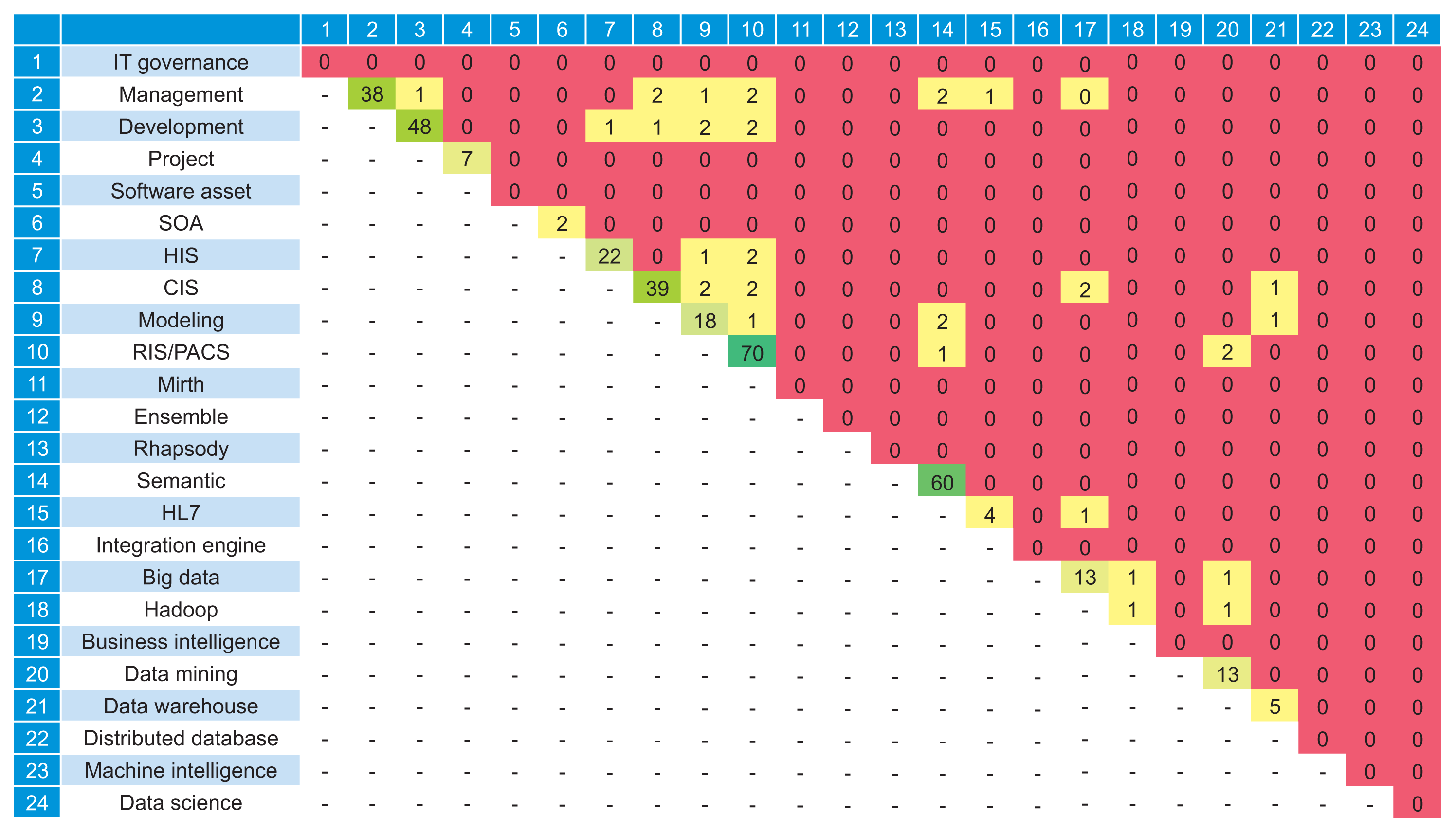
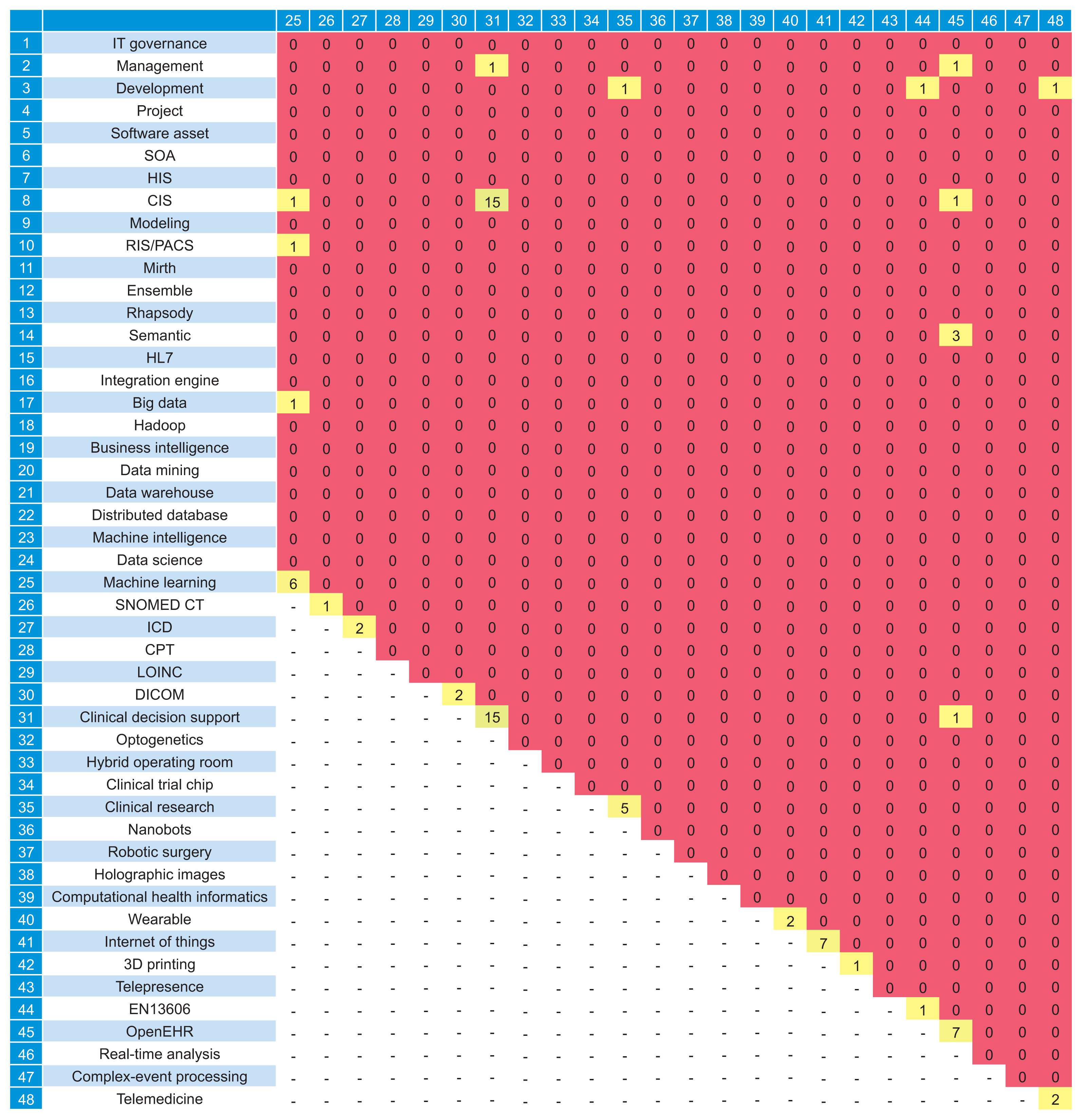
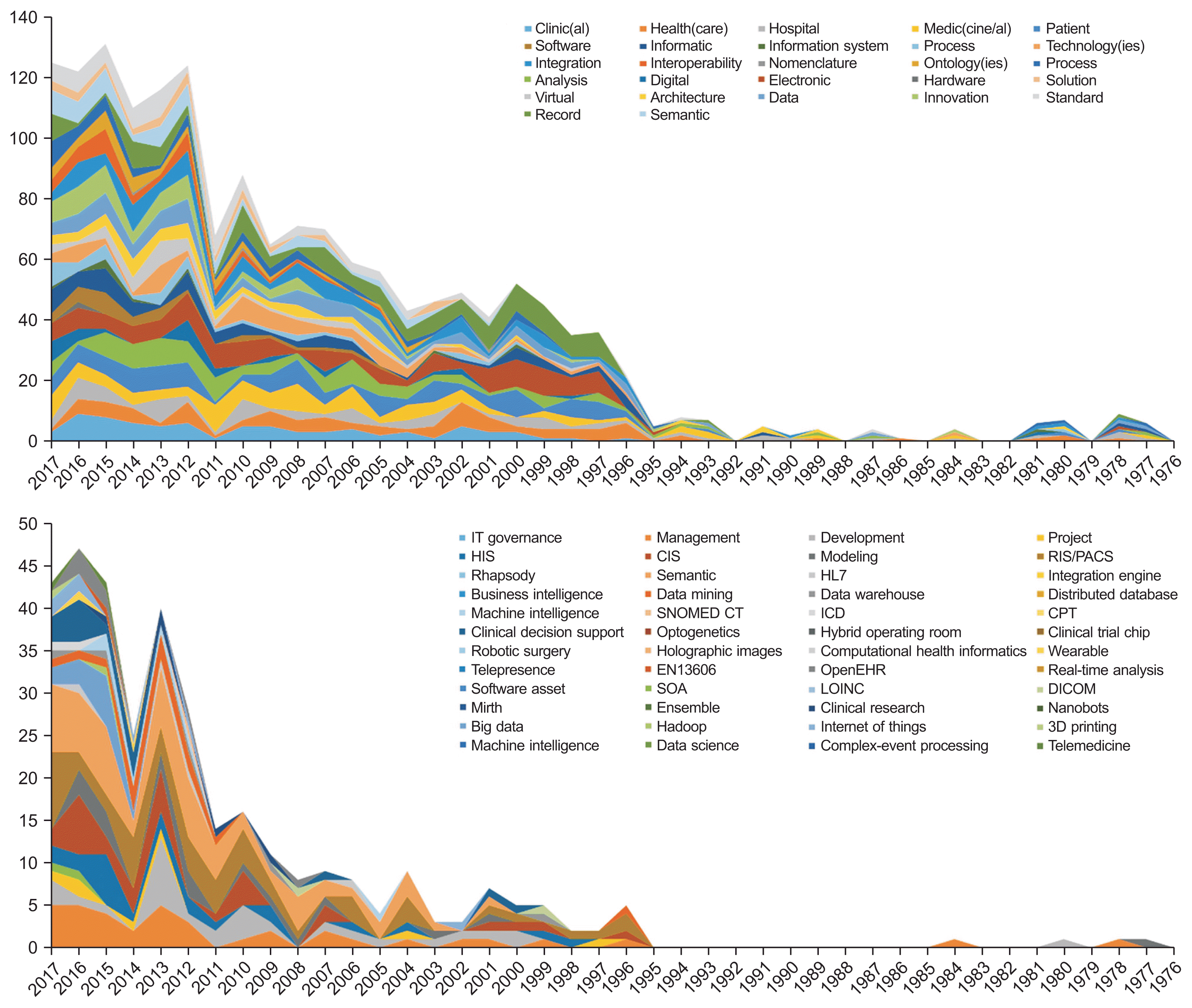

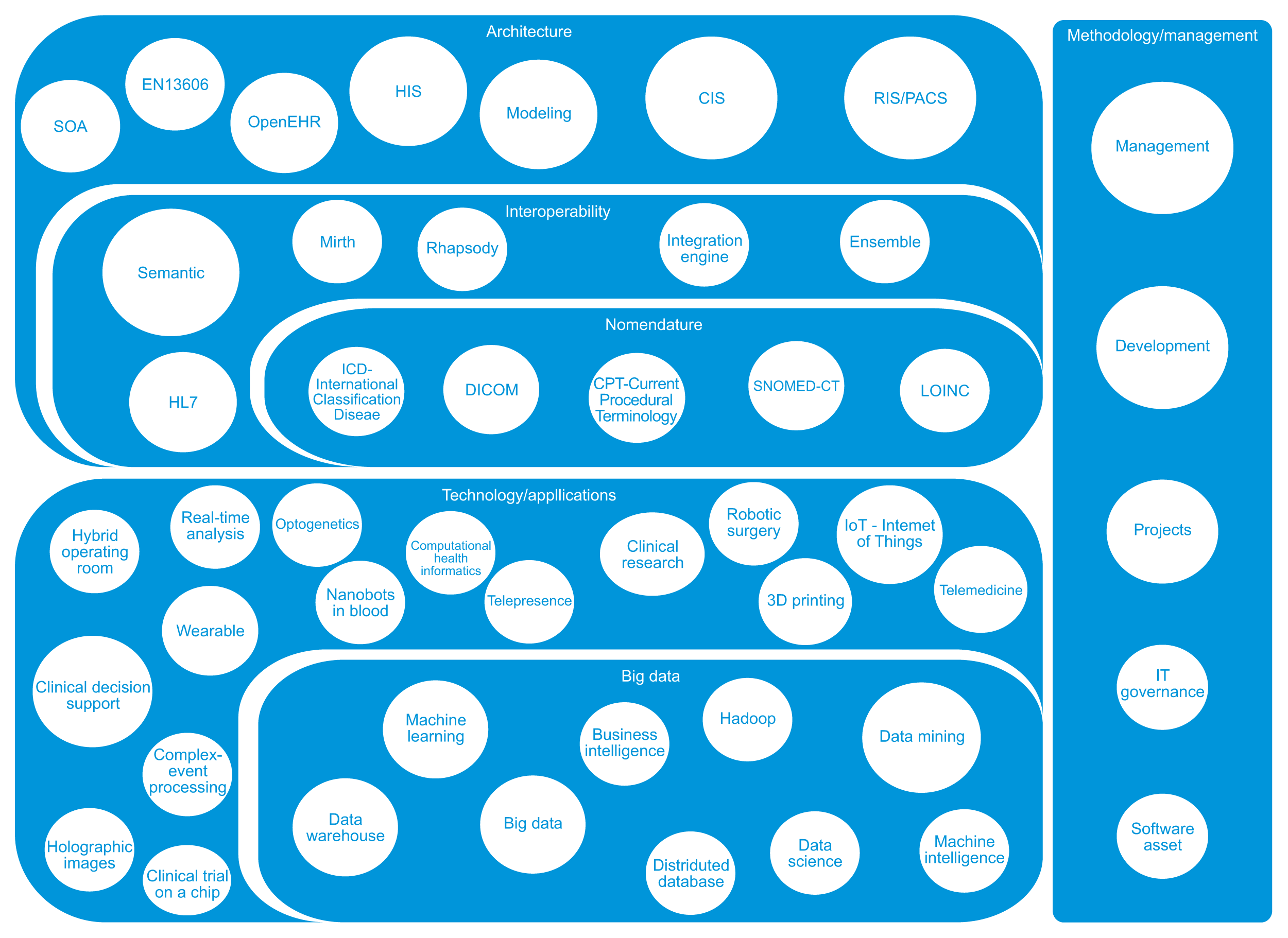
 XML Download
XML Download